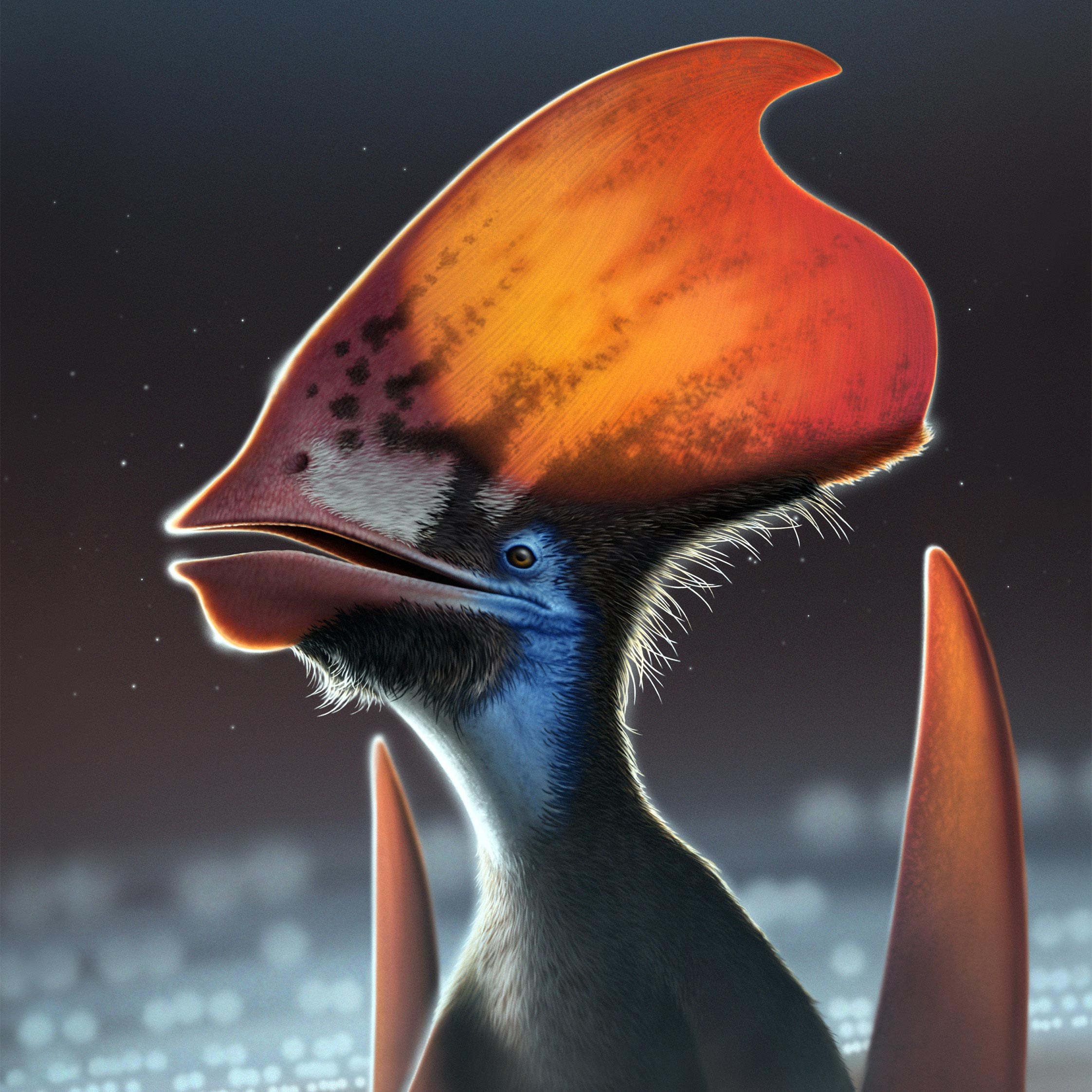Are Penguins Birds? Debunking the Avian Mystery
by onleaves

Yes, penguins are birds.
The Anatomy Of Penguins That Resembles Birds
Penguins are indeed birds, with their body structures adapted for life in the water. They possess unique feathers that provide both insulation and hydrodynamics, keeping them warm and aiding in their swift movements underwater. Their wings have evolved into flippers, resembling those of marine mammals, enabling them to navigate through the water with ease and precision.
These adaptations have allowed penguins to thrive in their aquatic habitat, where they can dive deep for long periods in search of food. Despite their inability to fly in the air, penguins have embraced the challenges of their environment and developed a remarkable set of skills that truly make them masterful aquatic birds.
Breeding And Reproduction Similarities With Birds
Penguin breeding and reproduction share similarities with birds. They exhibit parental care and incubate eggs, displaying monogamous mating behavior. Throughout hatching and raising chicks, penguins diligently tend to their offspring. Their devotion to raising young ones mirrors that of birds, showcasing their nurturing abilities and strong family bonds.
Penguins engage in an intricate process of incubating eggs and providing continuous care to ensure the survival and growth of their chicks. This remarkable behavior aligns them with their avian counterparts, demonstrating that despite their distinct physical characteristics, penguins are indeed birds.
Their breeding and reproductive strategies showcase the immense adaptability and diversity found within the avian world, highlighting the fascinating nature of these incredible creatures. Penguins truly stand out as remarkable examples of nature’s ingenuity and complexity.
Evolutionary Evidence: Penguins As Descendants Of Ancient Birds
Penguins, despite their inability to fly, are indeed birds with abundant evolutionary evidence to support this claim. Fossil records reveal their lineage as descendants of ancient avian creatures, which further bolsters their classification. Additionally, penguins share remarkable attributes with extinct flightless birds, linking them to their bird ancestors.
These resemblances, evident in their bone structure and body shape, provide further insights into their evolutionary journey. Moreover, genetic studies have underscored the avian nature of penguins, validating their place within the bird family. The similarities observed between penguins and their avian counterparts highlight the intricate web of life and the fascinating process of evolution.
Through a comprehensive examination of fossil records and genetic research, it becomes clear that penguins are indeed birds, albeit ones with unique adaptations and extraordinary swimming abilities. (148 words)

Credit: www.nationalgeographic.co.uk
Misconceptions And Debunking The Penguin-Bird Relationship
Penguins, though resembling birds, do not fit the traditional definition due to their flightlessness. Their classification poses challenges, as the absence of flight apparatus sets them apart from typical avian species. Alternative taxonomic arguments allow for a deeper examination of penguin categorization, highlighting their unique adaptations for life in the water.
While they may share some similarities with birds, such as feathers and beaks, their inability to take flight has led to ongoing discussions among experts. By understanding these differences, we can debunk the misconception that penguins are birds and appreciate their remarkable abilities and characteristics that make them distinct from their avian counterparts.
Through a careful evaluation of their physical traits and adaptations, we can redefine how we perceive these captivating creatures of the sea.
Bird-Like Behaviors Of Penguins
Penguins, despite their inability to fly, exhibit many bird-like behaviors. They communicate through sounds, enabling them to convey messages to their fellow penguins. Penguins also display social and colonial nesting behavior, living together in large groups. This sense of community extends to their foraging and hunting techniques, as they often hunt in groups to increase their chances of success.
Additionally, penguins employ various strategies to secure their food, including diving deep into the ocean to catch fish and other marine creatures. Through these behaviors, penguins demonstrate their adaptation to their aquatic environment while maintaining distinct bird-like qualities. Whether it’s their vocalizations, nesting habits, or hunting tactics, penguins truly exemplify the unique characteristics of birds.
Penguin Adaptations To Marine Life
Penguins are indeed birds, specifically, they belong to the group of flightless birds called Spheniscidae. Their adaptations to marine life have enabled them to thrive in aquatic environments. With their streamlined bodies, penguins are capable of efficient swimming, propelling themselves through the water with precision.
Underwater, their specialized vision and hunting techniques allow them to catch prey. This is particularly useful as penguins primarily feed on fish, squid, and krill. To survive in extreme cold temperatures, penguins have developed several adaptations. They possess a thick layer of blubber for insulation and waterproof feathers that help retain body heat.
Additionally, penguins huddle together in large groups to conserve warmth. These remarkable creatures have evolved unique traits that make them highly suited for life in the water and in Antarctica’s harsh conditions.
Penguins Among Avian Species: Similarities And Differences
Penguins are indeed avian species, belonging to the family Spheniscidae, distinguished by their unique characteristics. Unlike other birds, penguins are flightless, with their wings modified into flippers for swimming underwater. Their streamlined bodies, perfect for gliding through water, make them exceptional divers.
Penguins have a dense layer of feathers to keep them insulated in cold climates. Additionally, these birds possess webbed feet, aiding them in swimming propulsion. While sharing common avian traits, penguins possess some distinctive attributes. Unlike most birds, they cannot fly, relying solely on their swimming abilities.
Evolutionarily, penguins have followed a distinct path, adapting to their aquatic lifestyle and surviving in extreme conditions. Therefore, while penguins are indeed classified as birds, they have evolved unique characteristics that set them apart from other avian species.
Conservation And Implications For Avian Preservation
Penguins are indeed birds that play a significant role in marine ecosystems. They contribute to the preservation of avian biodiversity by their presence and activities in these habitats. However, penguin populations are faced with various threats, which necessitate conservation efforts.
It is of utmost importance to protect these charismatic creatures and their ecosystems to maintain the balance and health of our planet. Preserving avian biodiversity is crucial for the well-being of the entire ecosystem and the sustainability of our environment.
By understanding the threats faced by penguins and taking necessary conservation actions, we can ensure the continued existence of these birds and the benefits they bring to our world.
Conclusion: Penguins – A Bird Puzzle Solved
Penguins, with their upright stance, wings, and ability to swim, are indeed birds. The evidence supporting this fact is overwhelming. Penguins possess numerous avian characteristics, such as feathers, beaks, and the ability to lay eggs. These traits set them apart from other non-avian creatures.
Furthermore, penguins exhibit unique adaptations, like their streamlined bodies and specialized flippers, specifically evolved for their marine lifestyle. These distinctive features illustrate the fascinating diversity within the bird species. Not only are penguins an intriguing puzzle to be solved in the avian world, but they also hold important conservation significance.
Protecting penguins and their habitats is crucial to maintaining biodiversity and preserving delicate ecosystems. By understanding and appreciating the true nature of penguins as birds, we can ensure their survival and contribute to the overall health of our planet.
Frequently Asked Questions For Are Penguins Birds
Are Penguins Considered Birds?
Yes, penguins are considered birds because they have feathers, lay eggs, and can fly underwater.
Why Is A Penguin A Bird And Not A Mammal?
A penguin is a bird because it has feathers, lays eggs, and has wings for flying. It’s not a mammal because it doesn’t nurse its young or have mammary glands.
What Is A Penguin Classified As?
A penguin is classified as a bird that is adapted for aquatic life and found in the Southern Hemisphere.
How Are Penguins Different From Birds?
Penguins are different from birds because they cannot fly and their wings are adapted for swimming.
Conclusion
Penguins are fascinating creatures that often leave people wondering if they truly belong to the bird family. Through our exploration, we have uncovered that penguins possess key characteristics that define them as birds. Their warm-bloodedness, feather coverings, and ability to lay eggs align with the defining features of avian species.
Furthermore, the ability to swim and dive with such agility, despite being flightless, showcases their remarkable adaptations to their aquatic environment. While penguins may not possess the ability to soar through the skies like their winged counterparts, they have evolved in unique ways to thrive and survive in their icy habitats.
These captivating creatures have captivated scientists, researchers, and wildlife enthusiasts for decades, and understanding their true nature as birds only adds to the awe they inspire. So, the next time you come across a penguin, remember that beneath their tuxedo-like appearance lies a remarkable bird, perfectly designed to thrive in its icy world.
Yes, penguins are birds. The Anatomy Of Penguins That Resembles Birds Penguins are indeed birds, with their body structures adapted for life in the water. They possess unique feathers that provide both insulation and hydrodynamics, keeping them warm and aiding in their swift movements underwater. Their wings have evolved into flippers, resembling those of marine…
Recent Posts
- Financial Success with Nivesh Mitra: Your Trusted Investment Companion
- Manav Sampada Portal at ehrms.upsdc.gov.in for Viewing the E-Service Book
- School Insights Navigate Shala Darpan with Staff Login @ rajshaladarpan.nic.in
- Maharashtra Employment 2023: Register Online for Job Opportunities
- Empower Your Career: Navigating the Employment Exchange for Success





